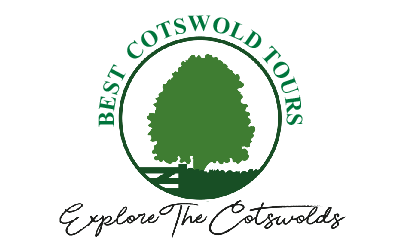
BATH & COTSWOLDS TOURS
BATH AND THE SOUTH COTSWOLDS
TOUR INFORMATION
PRICES
Usually single-day tours, but 2 -3-day tours available upon request at a discounted price.
Full-day Tour from as little as £625 /day depending upon the time of year. All tours are fully inclusive but do not include lunch tea or admission to attractions or sites.
Full Payment by card is requested on day of tour .
DURATION
Minimum 8 Hours
STARTING LOCATION
From your Hotel, train station, B&B or wherever you are staying in the Cotswolds.
CASTLE COMBE
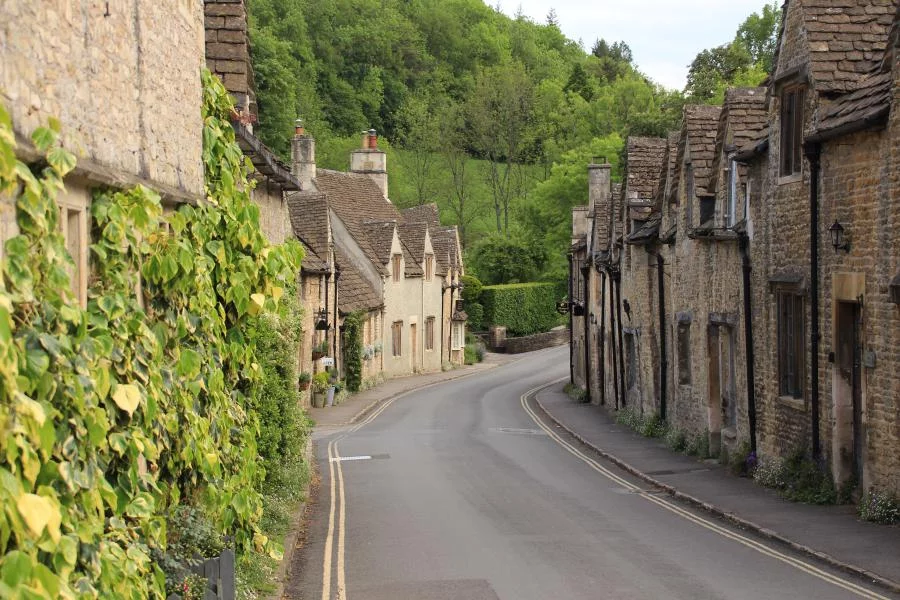
Castle Combe, described as the loveliest and prettiest village in the Cotswolds. It was used as a backdrop in films: The fictional Puddleby-on-the Marsh in Dr Dolittle, the 1960’s film with Rex Harrison, and more recently a backdrop to War Horse. This magical village was once a weaving town at the Cotswolds wool trade’s heart: you can still see weavers’ cottages where the local red and white cloth was produced. On the 12th. Century St Andrew’s Church is the modified 15th-century faceless clock (one of the oldest working clocks in England) that used to ring the hours. The Old Rectory tea room offers some of the finest teas in the Cotswolds. If you can’t stop in time for tea, why not try a lunch stop for the perfect day out. Photoshoots of your day are also available.
TETBURY
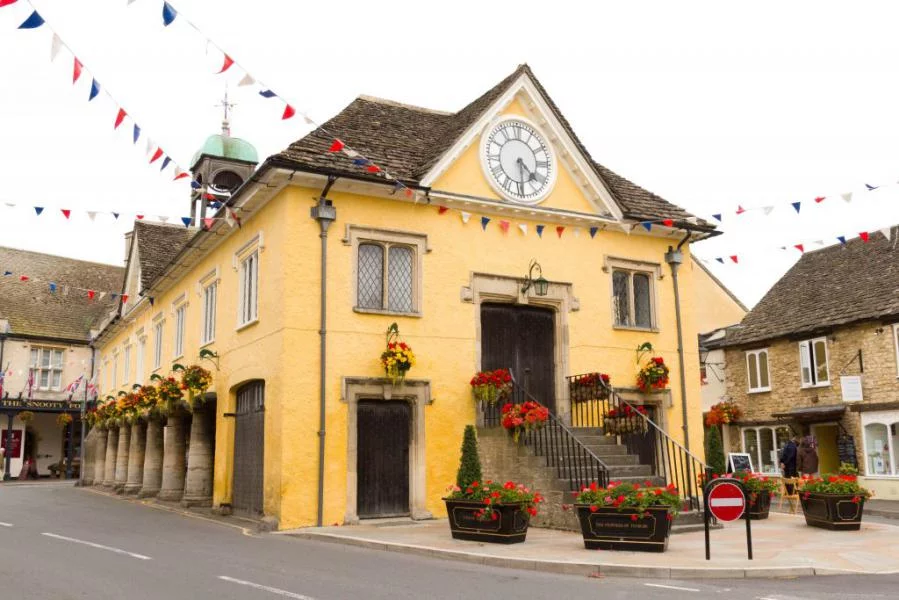
Tetbury is a small tranquil, charming market town that is off the tourist radar. By the 18thC, Tetbury was one of the most important cloth market towns in Gloucestershire. The square is dominated by the 17thc Market House, which rests on three rows of pillars. South of the square, you can find the magnificent parish church of St Mary the Virgin, which was rebuilt in Gothic style in the late 18thc. The spire, the fourth highest in England, is 186 ft tall. Long street is also the address for HRH, The Prince of Wales’ flagship Highgrove Shop with his private estate just a couple of miles from the centre of Tetbury..
CIRENCESTER
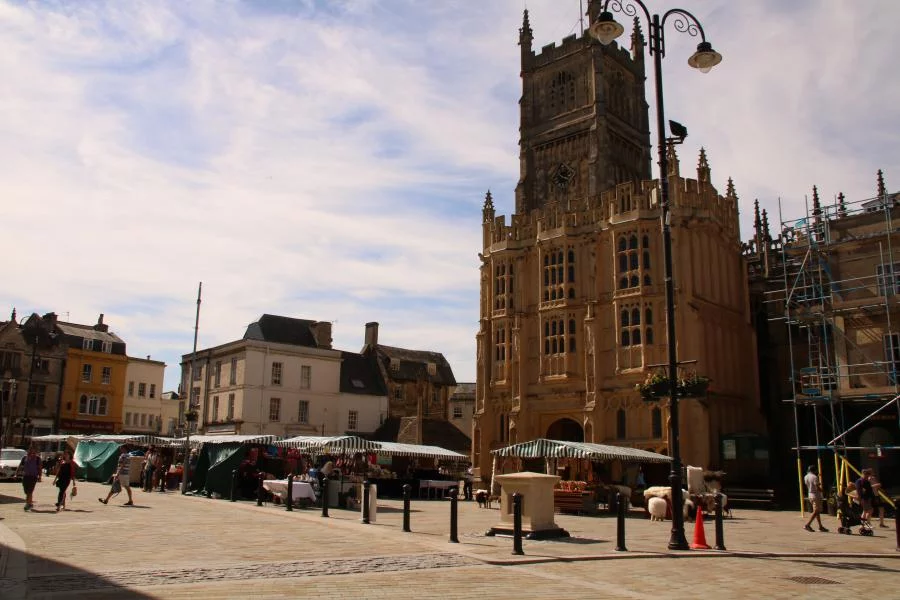
Cirencester, the Corinium and second-largest town in Roman Britain, is often described as the Cotswolds’ capital. The greatest evidence that remains today of the Roman presence is the crossing of the road network, which made Corinium so important and the Amphitheatre at the south of the town. Cirencester has the finest Roman museum in the UK, and mosaics and a Roman Villa can be seen at nearby Chedworth. The Market square is dominated by the cathedral-like church of St John the Baptist, built-in 1490. The town grew in prosperity as a result of the wool trade in medieval times. Markets are held every Monday and Friday. The finest Agricultural College in the UK was founded by Henry4th. Earl of Bathurst, in 1845.
MALMESBURY
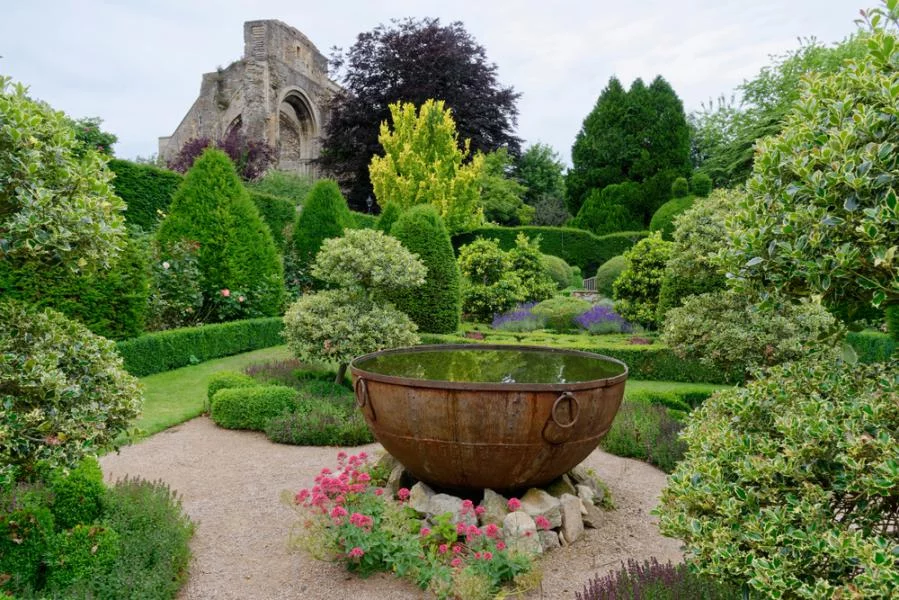
On the southern edge of the Cotswolds, Malmesbury is perched on a hilltop, one of Britain’s oldest inhabited sites. The River Avon virtually encircles the town. Because of its location, Malmesbury, during the Civil War, changed hands several times. The west end of the Abbey is riddled with bullet holes where prisoners were executed. The town centre is a blend of 17th and 18th.C architecture overlooked by the imposing Abbey. At the heart of the town is the octagonal Market Cross dating back to 1490. Abbey House garden, some 5 acres, is adjacent to the Abbey
BATH ABBEY
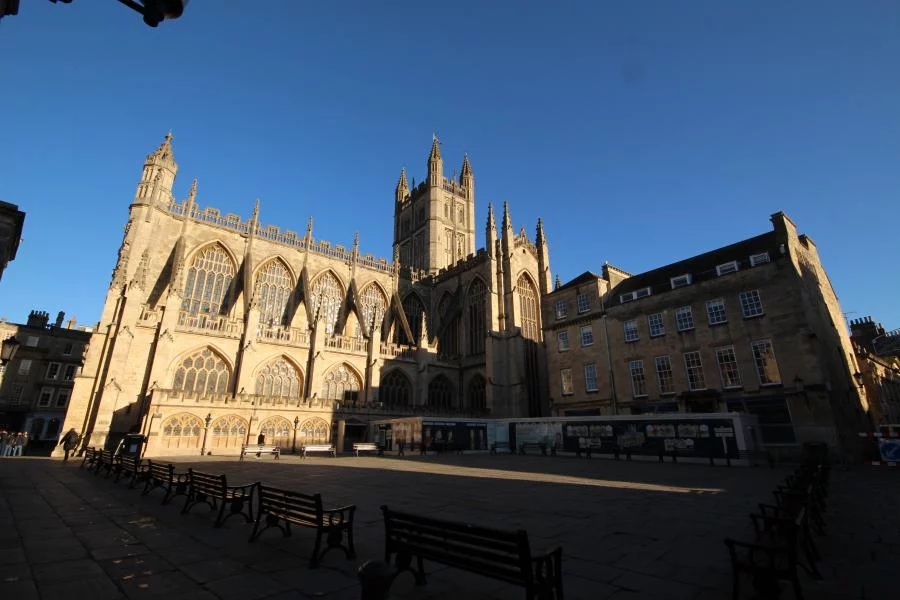
There is nowhere else quite like Bath Abbey. Magnificent stained-glass windows, columns of honey-gold stone and some of the finest fan vaulting in the world that create an extraordinary experience of light and space. There has been Christian worship on this site for over 1200 years, and the Abbey remains a living church. The first sight most visitors have of Bath Abbey is the West front’s unique Ladders of Angels, inspired by Bishop of Bath, Oliver Kings’ dream of ascending and descending angels. Tower tours offer the chance to go behind the scenes and enjoy stunning views of the city..
ROYAL CRESCENT BATH
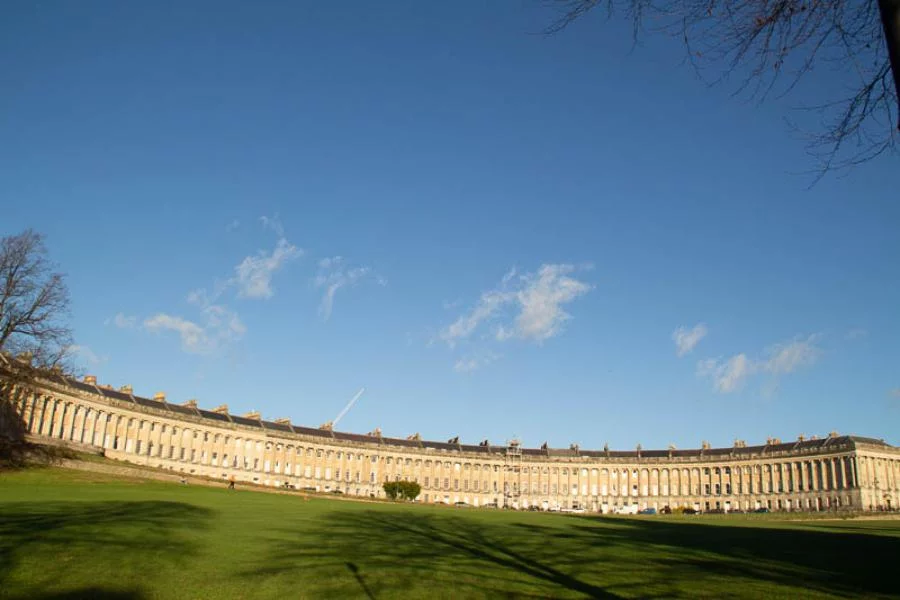
Bath has a reputation for being the home of some of the UK’s most beautiful architecture. The Royal Crescent is a breathtaking row of 30 terraced houses laid out in a sweeping crescent. Built between 1767 and 1774, it is one of Georgian Architecture’s greatest examples in the UK. Untouched since it was built, it enjoys the view across Royal Victoria Park. Pulteney Bridge was built in 1774 was built to connect Bath and Bathwick across the River Avon. The Holbourne Museum is housed in the former Sydney Hotel. Originally built between 1796 and 1799, this grand three-story building is another wonderful example of Georgian architecture.
ROMAN BATH
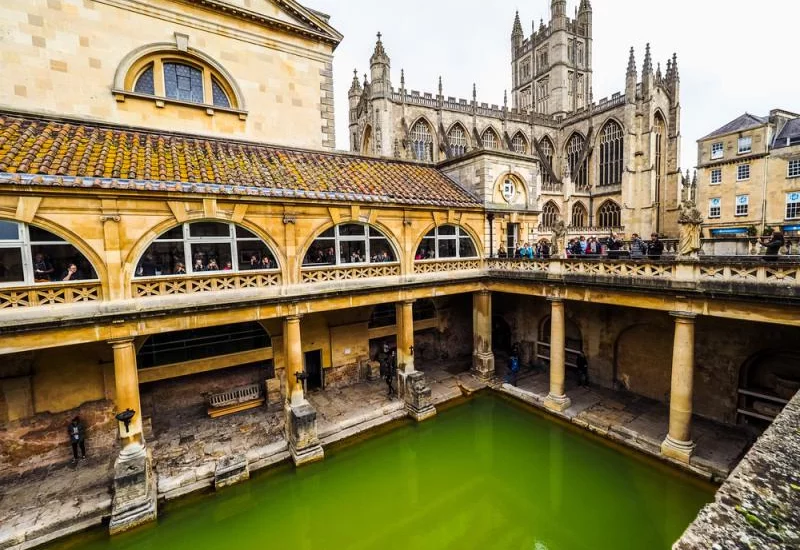
Nestled among the city’s elegant Georgian buildings, you will find the incredibly well-preserved remains of one of the most important religious spas of the ancient world are a feat of Roman engineering. However, don’t be fooled by the building with its Roman figures that line the terrace above. The building is 18th C, and the statues are late 19thc put in place when the Baths were opened to the public for the first time. A truly magical experience is to view the Roman baths in the evening when the rooms are lit up by torchlight as darkness falls..
LACOCK MANOR
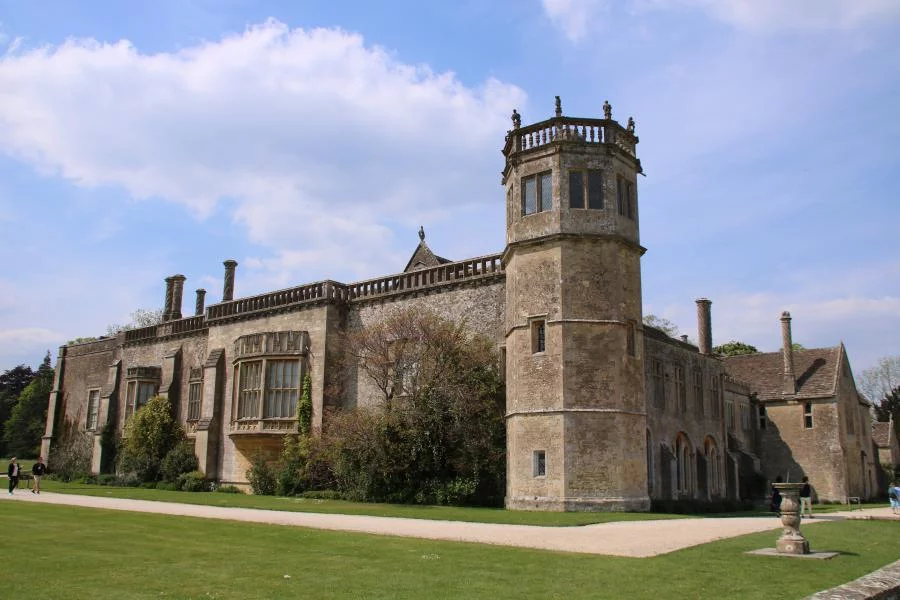
Founded in 1232 and converted into a country house c.1540, the fine medieval cloisters, sacristy, chapterhouse and monastic rooms of Lacock Abbey have survived largely intact. The handsome 16thC stable courtyard has half-timbered gables, a clock house brewery and a bakehouse. The Victorian woodland garden boasts a fine display of spring flowers, magnificent trees, an 18thC summer house, a Victorian rose garden, a newly restored botanic garden and a haha. The Museum of Photography commemorates the achievements of a former resident of the Abbey, William Henry Fox Talbot. Lacock Village, not surprisingly, has been the venue for many films such as The Cranford Chronicles, Larkrise to Candelford, and some scenes in Harry Potter..
“Given the rolling hills and narrow roads of the five-county expanse of the Cotswolds, one of the best means of enjoying the region is from the comfort of a luxury Mercedes Viano with a Best Cotswold Tours guide without the anxiety of driving on the wrong side of the road” Mark Thompson. Metro Source Magazine.
Copyright 2025 | Mark Ransom | Cotswold Blog
Enquiry Form
BEST COTSWOLD TOURS
TELEPHONE
Porters Farm, Wyck Rissington, Bourton on the Water Glos GL54 2PN
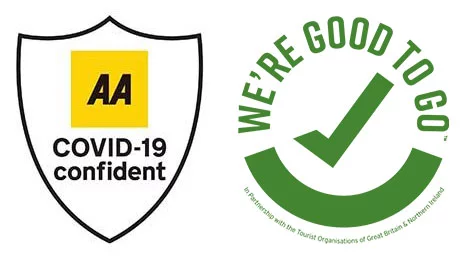
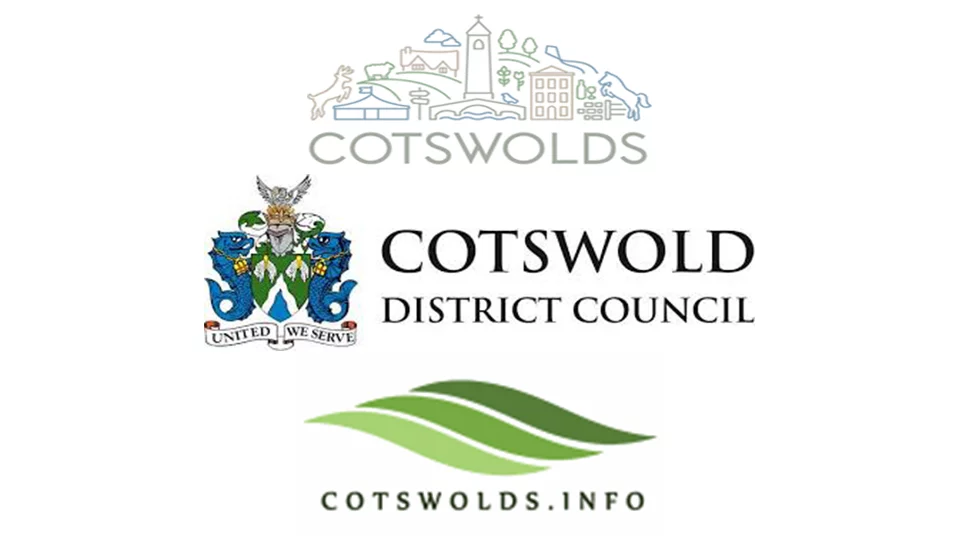
Bourton-on-the-Water | Moreton-in-Marsh Railway Station | Stow-on-the-Wold | Great Tew | Lower Slaughter | Chastleton | Rollright | Bibury | Burford | Broadway | Toddington | Cheltenham | Cotswolds Guided Tour | Pub Lunch | England's Oldest Inn | Rollright Stones English Heritage | Cotswold Manor House | Chastleton | Cream Tea | Cotswold Tour | Cotswolds Tours and Executive Travel | Cotswold Sightseeing | Stanton | Stanway | Bourton-on-the-Hill | Broadway Tower | Cotswold Tours | London Paddington | National Trust | Snowshill | Lavender Fields | Great Days Out in the Cotswolds | Best Cotswold Tour | Cotswolds Area of Outstanding Natural Beauty | Cotswold Day Trip | Things to do in the Cotswolds | Cotswold Hidden Places to Visit | Cotswold Secret Locations | Cotswold Group Tours | Cotswold Journeys | Visit Cotswolds | Cotswalds Tours | Cotswold Travel | Great Tew | Thatched Cotswolds Cottage Tour | Famous Cotswolds | Cotswolds Small Group Tour | Cotswolds Tour from Moreton in Marsh